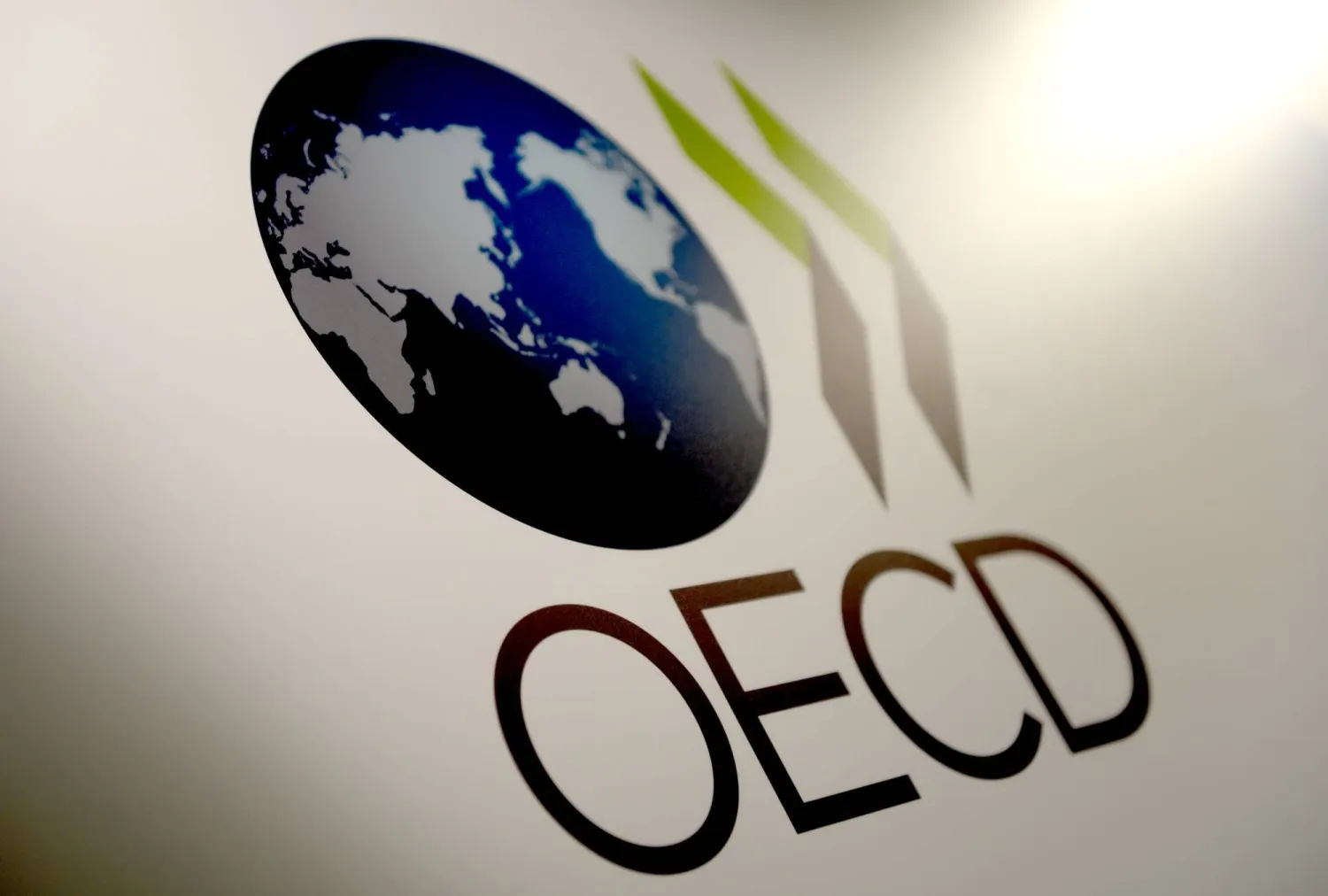The Organization for Economic Cooperation and Development (OECD) expressed some optimism about global growth, but warned of a “long road” before reaching a sustainable recovery.
“The global economy is turning a corner but faces a long road ahead to attain strong and sustainable growth,” OECD chief economist Clare Lombardelli wrote in the OECD’s Economic Outlook.
According to the report, which was issued at an annual ministerial meeting held at the headquarters of the OECD in Paris, the global economy is benefiting from stagnant inflation after the rise in indicators witnessed last year due to the repercussions of the war in Ukraine on energy and food prices.
In May, for example, inflation slowed significantly in the Eurozone, to 6.1 percent year on year. In the United States, it reached 4.4 percent in April, much lower than the levels reached in 2022.
This slowdown means that central banks can limit interest rate hikes, which facilitates access to credit for households and businesses, leading to a rise in consumption and thus growth.
The recent recovery of Chinese economic activity after the strict zero Covid policy is enough to revitalize the global economy, according to the organization, which expects growth in China this year to reach 5.4 percent, an increase of 0.1 points compared to March expectations, and 5.1 percent next year (+ 0.2 points).
The OECD expects growth of 0.9 percent in the Eurozone this year, up slightly by 0.1 points, after reassessing Italian GDP growth to 1.2 percent (+0.6 points).
Growth in France is expected to be 0.8 percent (+0.1 points) and zero in Germany (-0.3 points). The UK could see growth of 0.3 percent. Outside Europe, The GDP in the US is likely to grow by 1.6 per cent, and in India 6 per cent.
“The recovery will be weak by past standards,” Lombardelli wrote, noting that the growth forecast for 2024 remains unchanged at 2.9 percent.
One of the challenges that the OECD referred to is the persistence of non-energy and food inflation, which “is still high”.
“Central banks need to maintain restrictive monetary policies until there are clear signs that underlying inflationary pressures are abating,” the chief economist said.









